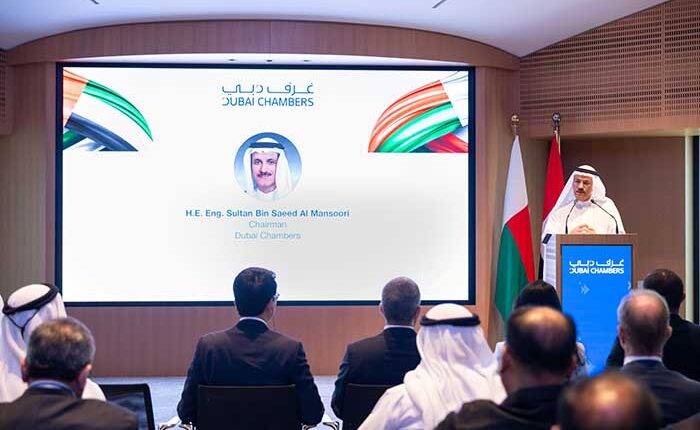- NCM Director General Dr. Abdulla Al Mandous participates in key panel session at Expo 2020 Dubai World Majlis
- Dr. Abdulla Al Mandous: Cloud seeding a catalyst for mitigating drought, and ensuring water resource sustainability

Abu Dhabi-UAE: His Excellency Dr. Abdulla Al Mandous, Director General of National Center of Meteorology (NCM) and President of the Regional Association II (Asia) of the World Meteorological Organization (WMO), participated in a panel session titled ‘Reengineering Planet Earth’ hosted by the World Majlis at Expo 2020 Dubai as part of the Climate & Biodiversity Week.
In his address, Al Mandous highlighted the important role of cloud seeding as a catalyst for reengineering the planet earth through mitigating drought, enhancing water resources and ensuring its sustainability. For nearly two decades, the UAE, as part of its leadership’s progressive vision, has allocated huge investments towards implementing cloud seeding operations to effectively tackle water scarcity.
Al Mandous said: “Weather modification has proven to be a successful approach in reengineering environment, as cloud seeding can significantly limit global warming and its detrimental effects such as droughts and high-water evaporation rates. Cloud seeding is effective in improving the micro-physical processes within the cloud, helping us harvest more water from the cloud and enhance precipitation by a global average of 18%.”
He added: “The potential future effects of climate change include prolonged drought in some regions and a surge in tropical storms in others. This mandates collective action to prevent the long-term consequences of climate change on future generations. As part of its response to this challenge, the UAE has adopted cloud seeding technologies to offset the lack of natural water resources and increase the amount of rainfall. This has allowed the country to adapt to the challenges of drought in the Arabian Peninsula, and other arid and semi-arid areas across the globe.”
In addition to His Excellency Dr. Abdulla Al Mandous, the session drew the participation of His Excellency Mohamed Nasheed, former President of the Maldives, Her Excellency Dr Nawal Al-Hosany, the Permanent Representative of the UAE to the International Renewable Energy Agency (IRENA), His Excellency Ines dos Santos Costa, Secretary of State for the Environment, the Republic of Portugal, Joaquin Ruiz, Chair and Director, Department of Biosphere 2, University of Arizona, USA and Professor Paolo Galli, Full Professor of Ecology, Department of Environmental Sciences, University of Milano-Bicocca.
The UAE started its cloud seeding operations in 2002 in response to its shortage in water resources. The country followed the conventional approach of igniting hygroscopic flares composed of natural salts (primarily potassium chloride) at the base of convective clouds near the updraft core. In the early years, the operations targeted frequent summertime convection along the northeastern Hajar mountains. The country’s cloud seeding infrastructure subsequently expanded over the years until suitable cloud candidates were targeted year-round over the entire UAE from 2010 onwards.
In 2015, the UAE Research Program for Rain Enhancement Science (UAEREP) was established under the patronage of His Highness Sheikh Mansour bin Zayed Al Nahyan, UAE Deputy Prime Minister and Minister of Presidential Affairs to stimulate and promote scientific advancement and the development of new technology in the field. The program provides managed grant assistance to projects targeting innovative research on cloud seeding and the broader field of rainfall enhancement.
The National Center of Meteorology is the entity responsible for implementing cloud seeding operations across the UAE. The Center’ boasts specialized expertise and state-of-the-art infrastructure comprising more than 100 meteorological stations, an integrated network of radars covering all parts of the country, custom-designed aircrafts to carry out cloud seeding operations, and a factory to produce high-quality hygroscopic salt flares for use in cloud-seeding operations.












